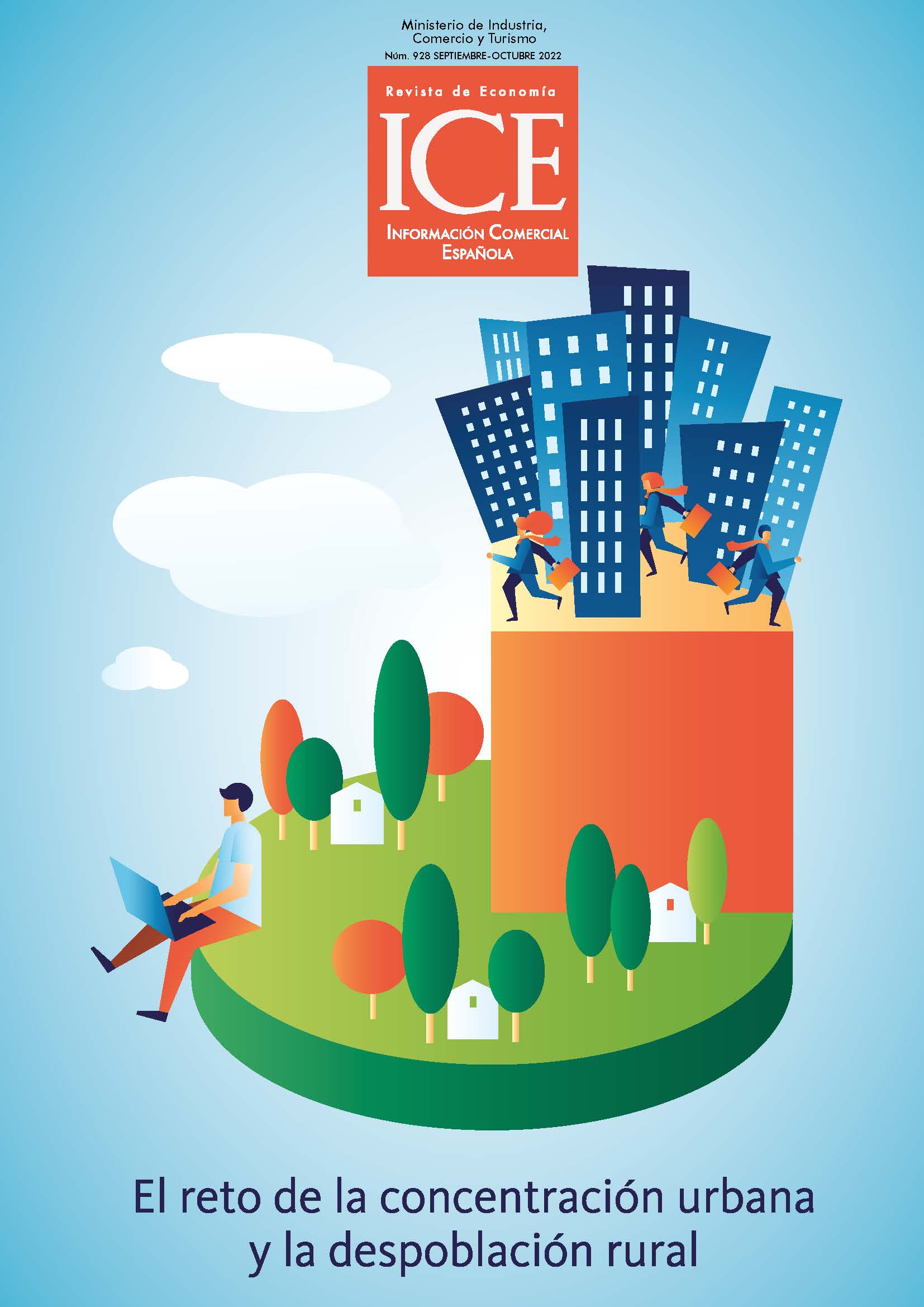EU Recovery and Resilience Fund: instruments and governance
##plugins.themes.bootstrap3.article.sidebar##
Downloads
##plugins.themes.bootstrap3.article.main##
The outbreak of the COVID-19 pandemic caused the disruption of the normal functioning of European economies. The European Union reacted to this eventuality, and its economic consequences, in a uniquely rapid and effective manner and, in addition to other common emergency instruments, agreed on an investment mechanism unprecedented in its amount —around 800 billion euros— and in its financing, through the issuance of debt by the European Commission. The context of Russia's invasion of Ukraine is an added stumbling block to economic growth in an environment of inflationary pressures. In this respect, the implementation and execution of the various recovery and resilience plans are all the more important.
##plugins.themes.bootstrap3.article.details##
Banco de España. (2021). Informe Anual 2020.
Christie, R., Claeys, G., & Weil, P. (2021). Next Generation EU borrowing: a first assessment. Bruegel, Policy Contribution Issue No. 22.
Deloitte. (2021). Next Generation EU program: a practical guide.
European Central Bank. (2020). Decision (EU) 2020/440 of the European Central Bank of 24 March 2020 on a temporary pandemic emergency purchase programme (ECB/2020/17).
European Commission. (2017). Documento de reflexión sobre la profundización de la Unión Económica y Monetaria. COM(2017) 291 final de 31 de mayo.
European Commission. (2021). Technical guidance on the application of “do no significant harm” under the Recovery and Resilience Facility Regulation. Commission Notice. C(2021) 1054 final. February 12.
European Commission. (2021). ‘Do no significant harm’ Technical Guidance by the Commission. ECCWG. February 16.
European Commission. (2021). Documento de trabajo de los servicios de la Comisión. Análisis del plan de recuperación y resiliencia de España que acompaña a la Propuesta de Decisión de Ejecución del Consejo relativa a la aprobación de la evaluación del plan de recuperación y resiliencia de España. SWD(2021) 147 final. Junio.
European Commission. (2022). European Economic Forecast. Winter 2022 (European Economy Institutional Paper No. 169). February.
European Commission. (2022). Report on the European instrument for Temporary Support to mitigate Unemployment Risks in an Emergency (SURE) following the COVID-19 outbreak pursuant to Article 14 of Council Regulation (EU) 2020/672. SURE at 18 months: third bi-annual report. COM(2022) 128 final. March.
European Commission. (2022). Communication from the Commission to the European Parliament, the European Council, the Council, the European Economic and Social Committee and the Committee of the Regions. REPowerEU Plan. COM(2022) 230 final. May.
Feás, E. y Steinberg, F. (2021). Las cifras para España del Plan de Recuperación Europeo. ARI, 25/2021. Real Instituto Elcano.
LLYC, Llorente y Cuenca. (2021). Acelerar la transición energética: aprovechar el impulso de los fondos europeos. IDEAS LLYC. 28 de octubre.
Mas, P. (22 de febrero de 2021). En marcha el Mecanismo de Recuperación y Resiliencia. El País-BBVA Research. https://www.bbvaresearch.com/wp-content/uploads/2021/02/PilarMas_En_marcha_el_Mecanismo_de_Recuperacion_y_Resiliencia_ElPais_WB.pdf
Pfeiffer, P., Varga, J., & Veld, J.-I. (2021). Quantifying Spillovers of Next Generation EU Investment (European Economy Discussion Paper No. 144).
Picek, O. (2020). Spillover Effects from NextGenerationEU. Intereconomics, 55(5), 325-331.


